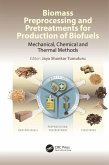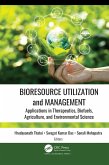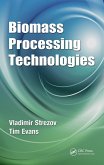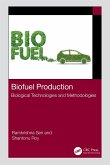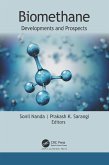This book explores the effects of mechanical, chemical, and thermal preprocessing methods on lignocellulosic biomass physical properties and chemical composition and their suitability for biofuels production. For example, biomass mechanical preprocessing methods like size reduction (which impacts the particle size and distribution) and densification (density and size and shape) are important for feedstocks to meet the quality requirements for both biochemical and thermochemical conversion methods like enzymatic conversion, gasification, and pyrolysis process. Thermal preprocessing methods like drying, deep drying, torrefaction, steam explosion, hydrothermal carbonization, and hydrothermal liquefaction effect feedstock's proximate, ultimate and energy property, making biomass suitable for both solid and liquid fuel production. Chemical preprocessing which includes washing, leaching, acid, alkali, and ammonia fiber explosion that can enable biochemical composition, such as modification of lignin and hemicellulose, and impacts the enzymatic conversion application for liquid fuels production. This book also explores the integration of these preprocessing technologies to achieve desired lignocellulosic biomass quality attributes for biofuels production.
Dieser Download kann aus rechtlichen Gründen nur mit Rechnungsadresse in A, B, BG, CY, CZ, D, DK, EW, E, FIN, F, GR, HR, H, IRL, I, LT, L, LR, M, NL, PL, P, R, S, SLO, SK ausgeliefert werden.



